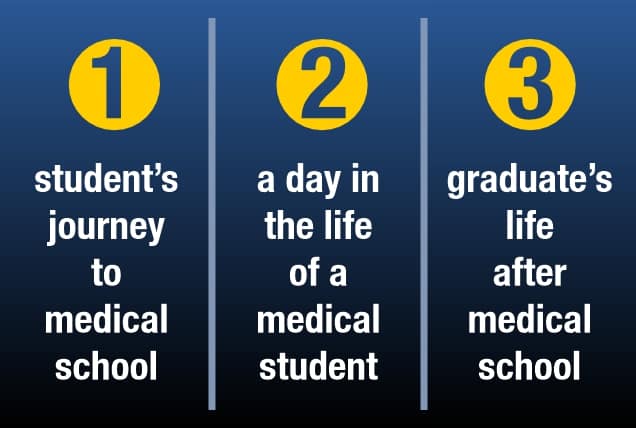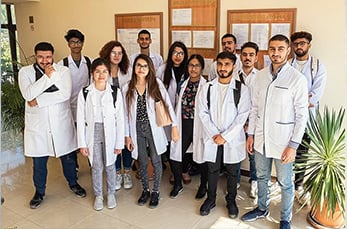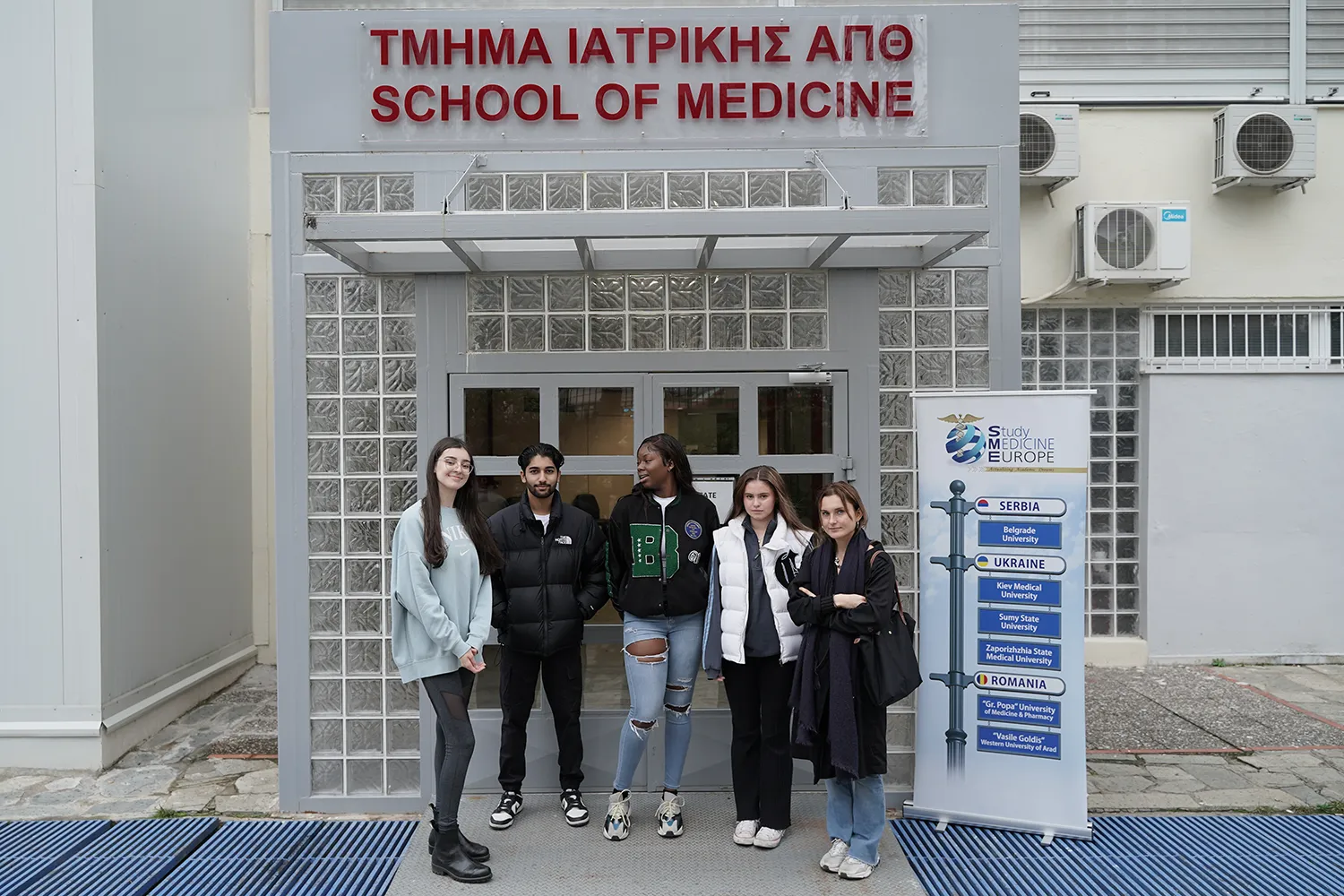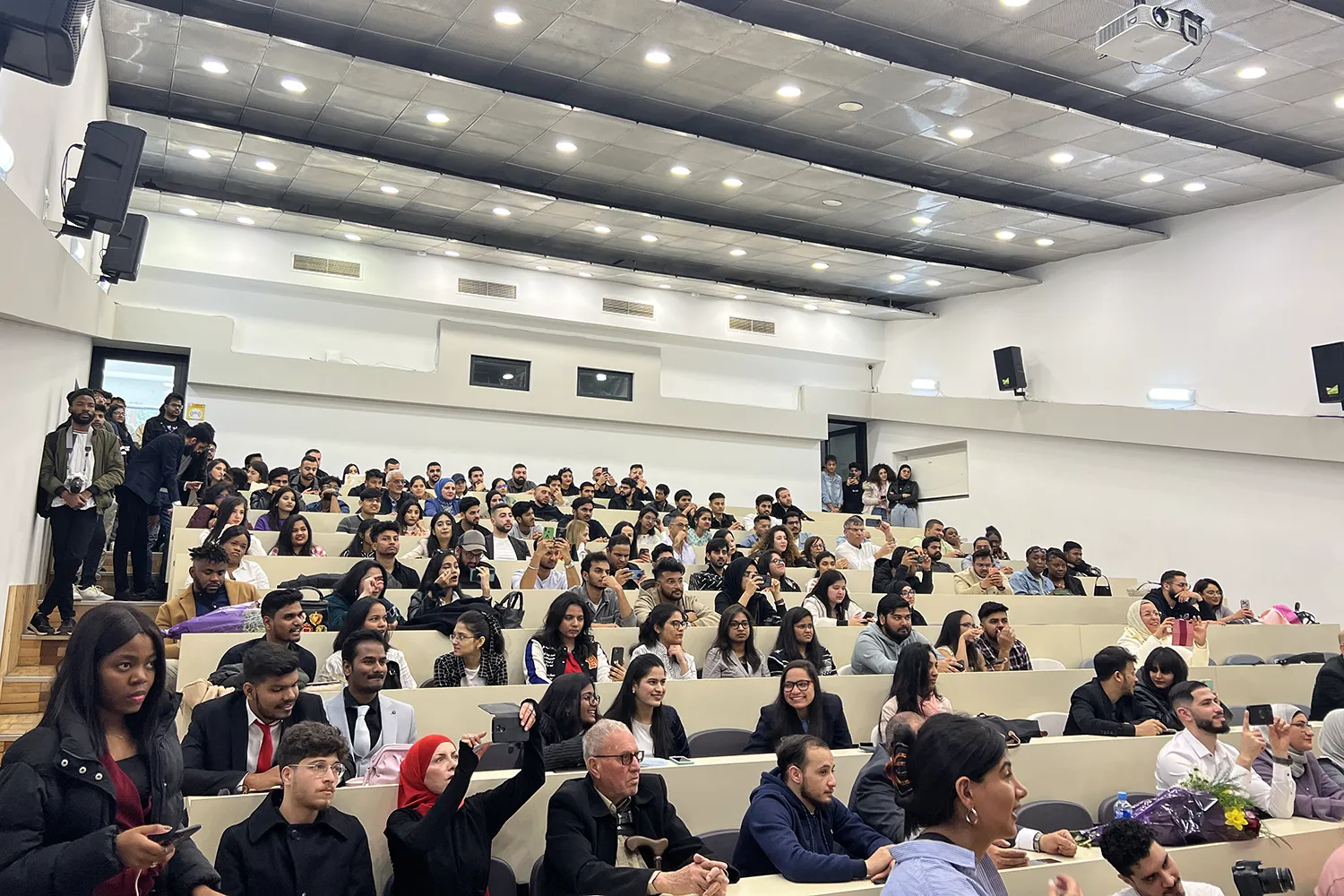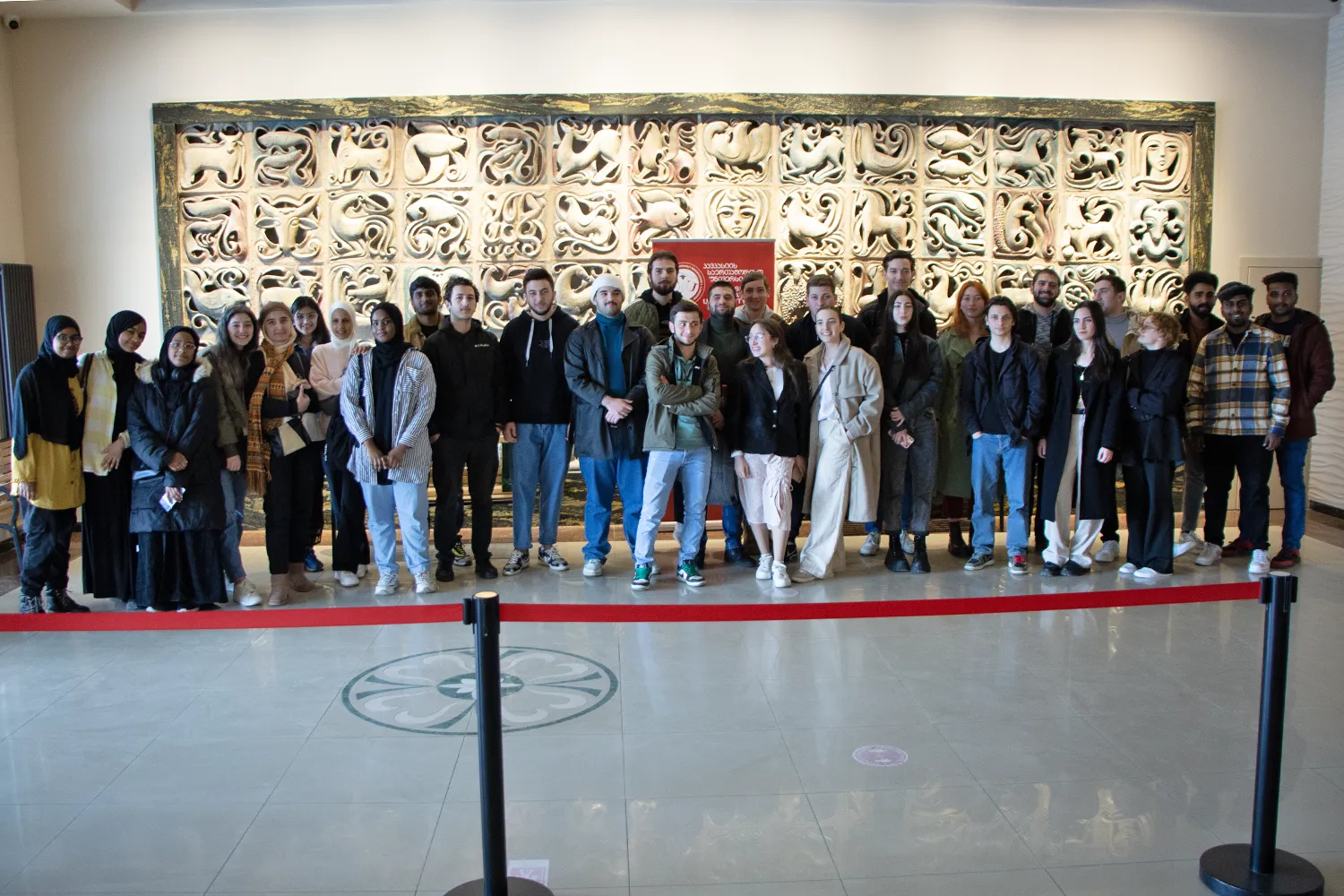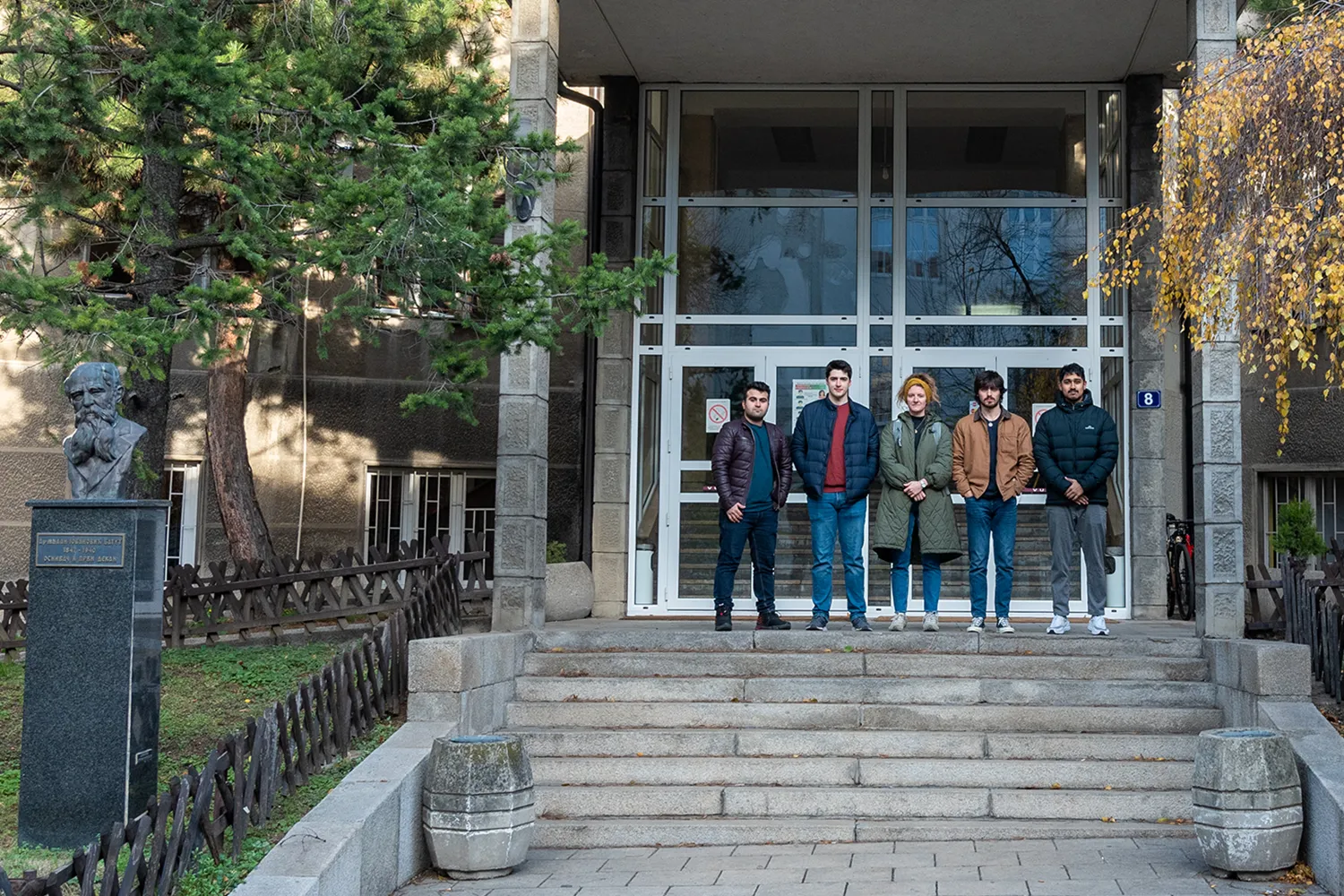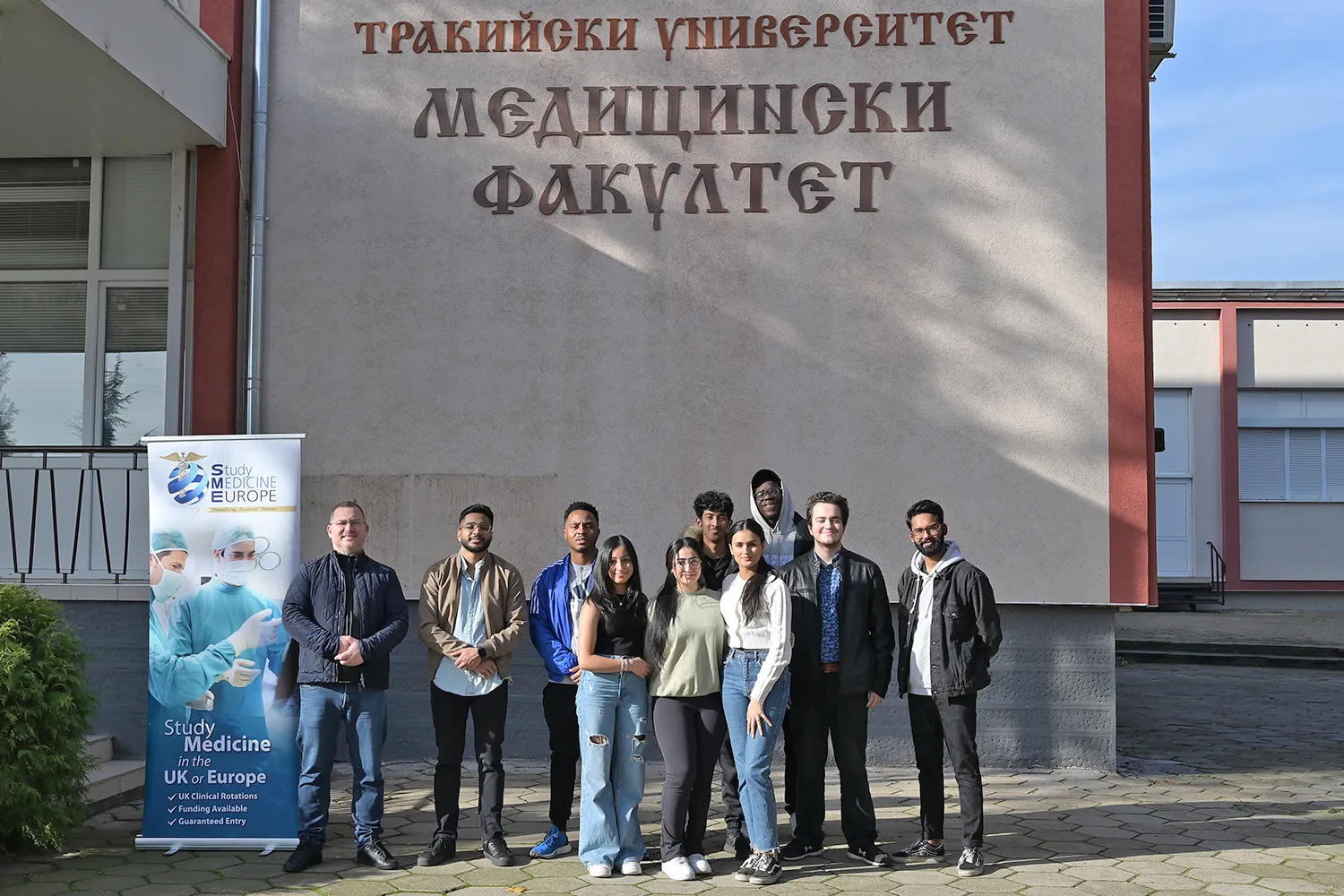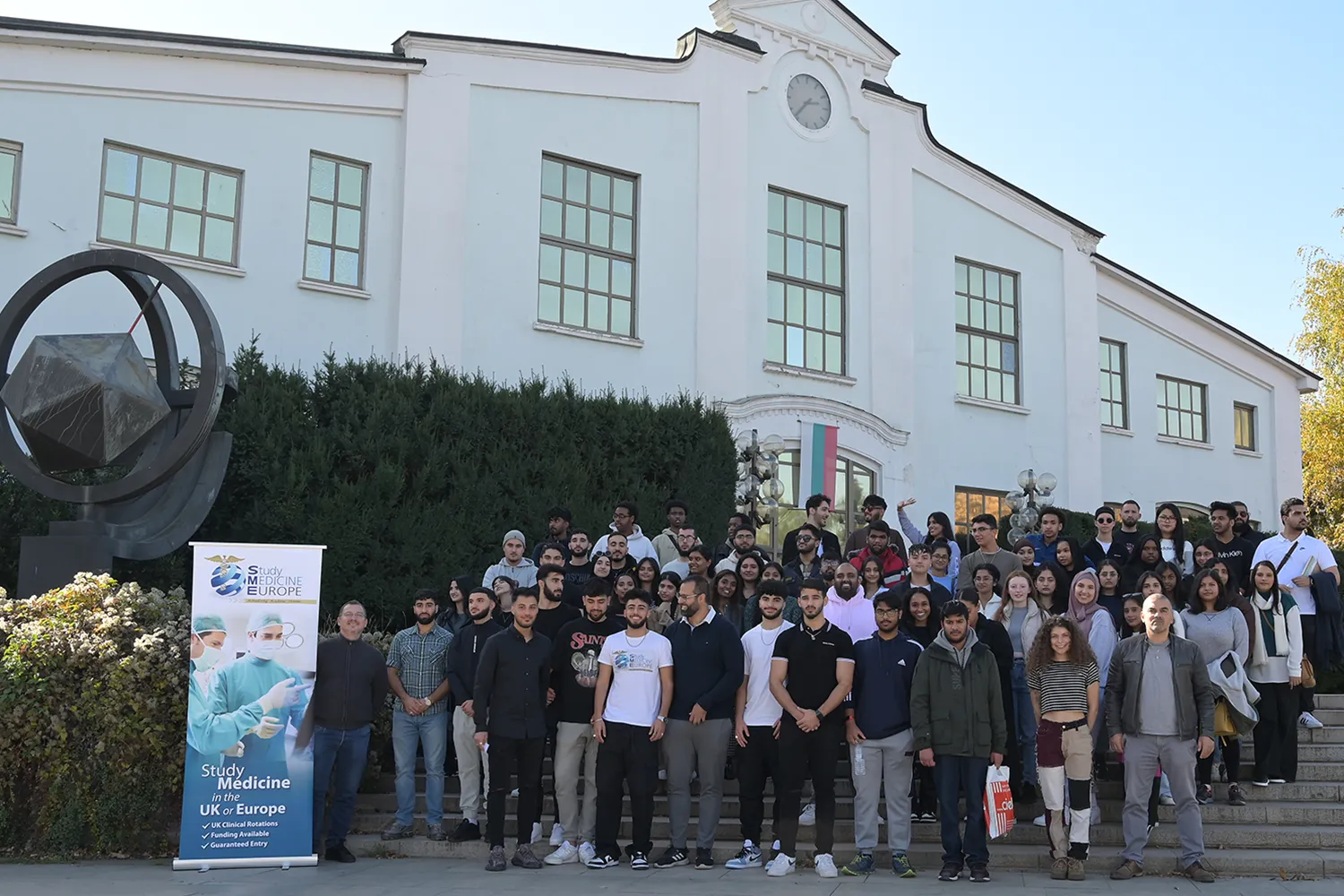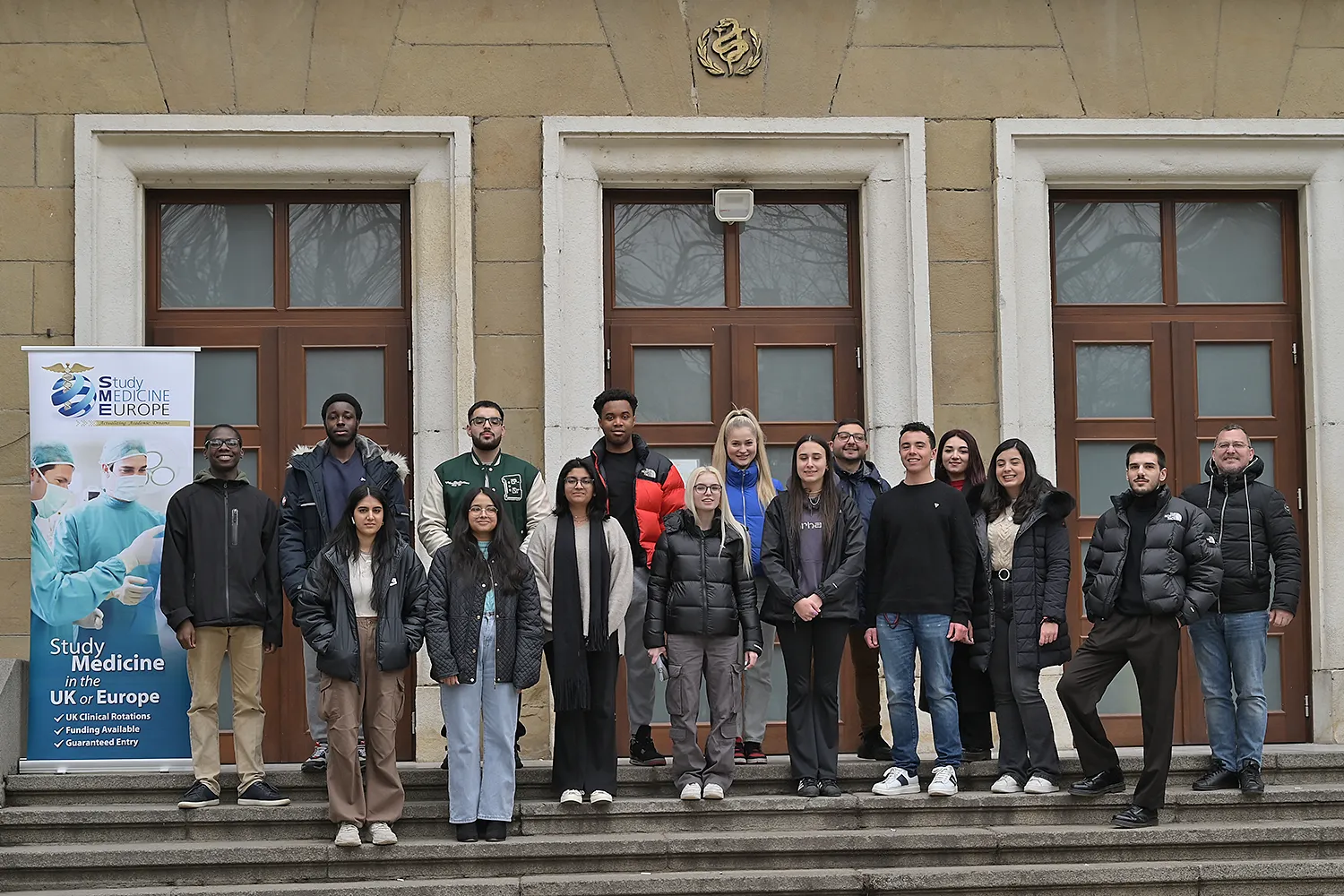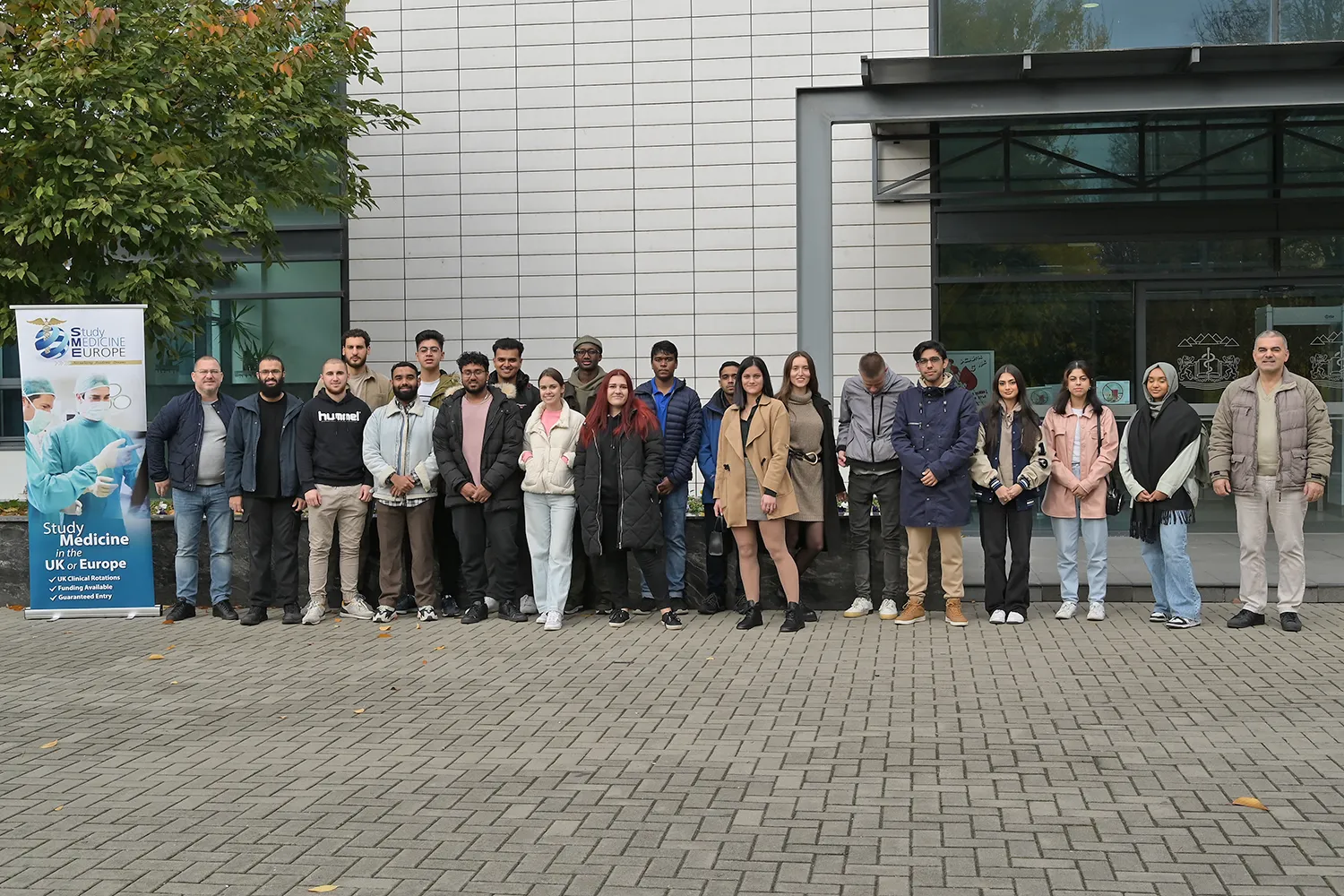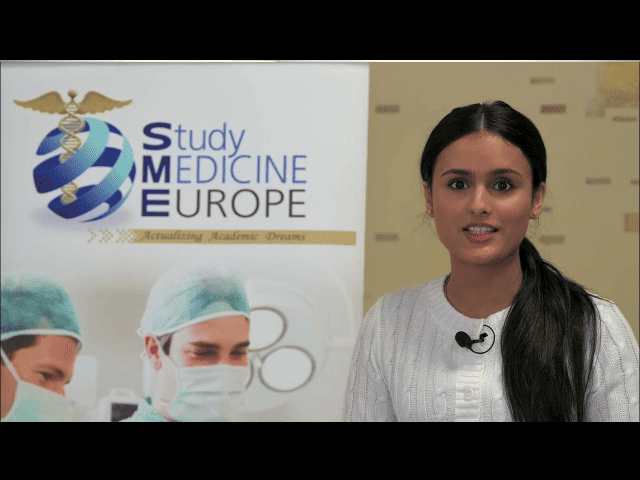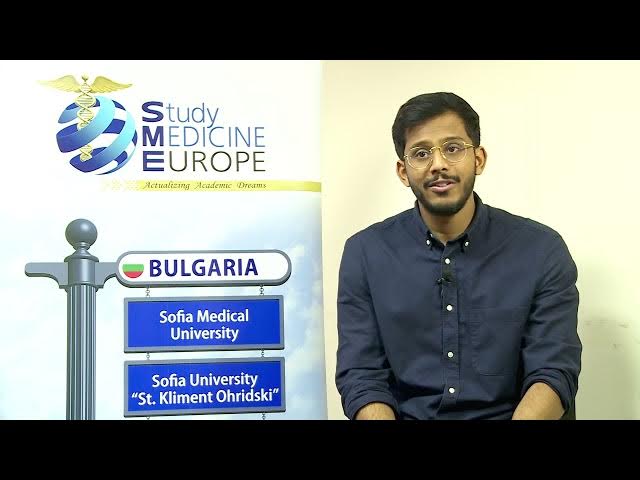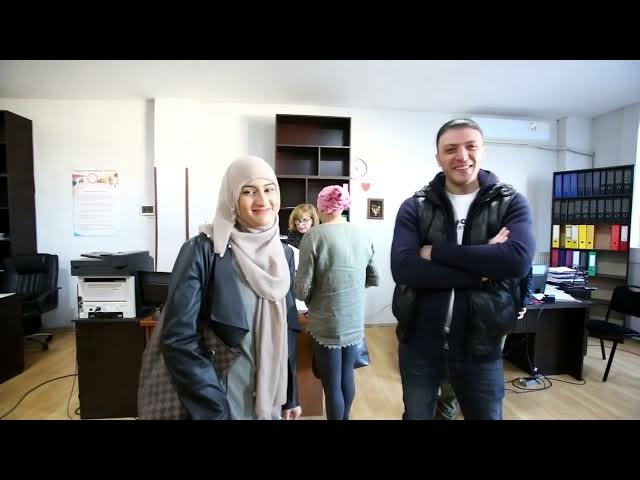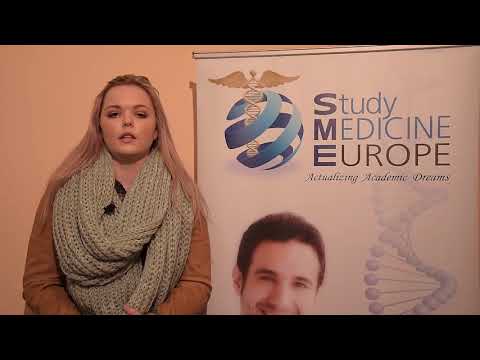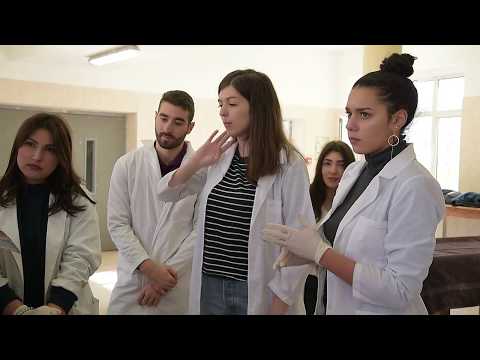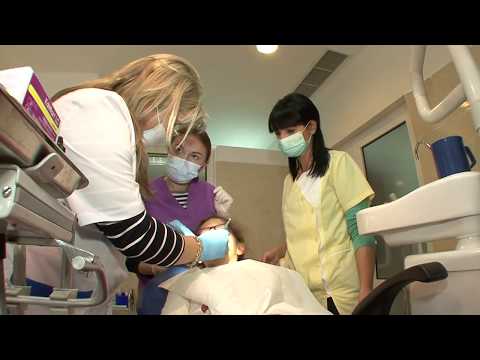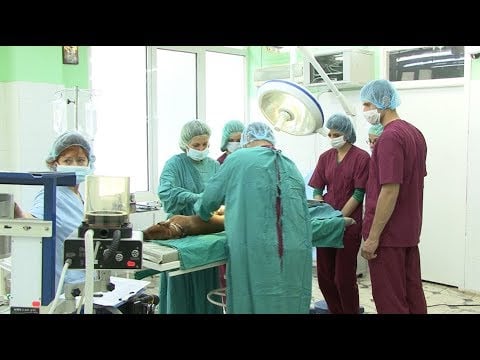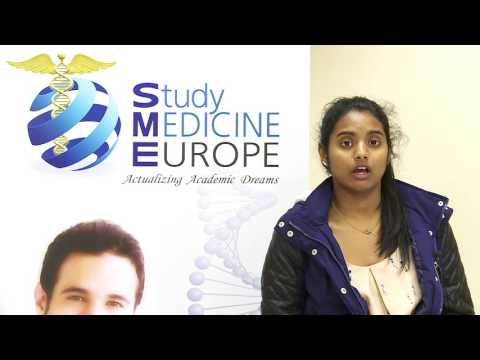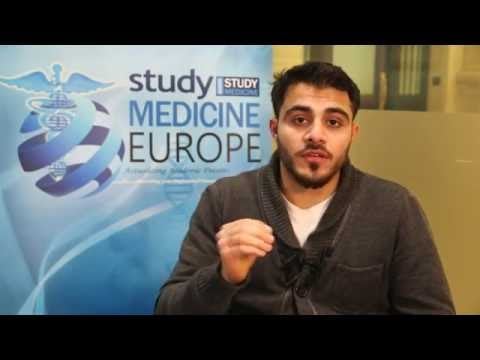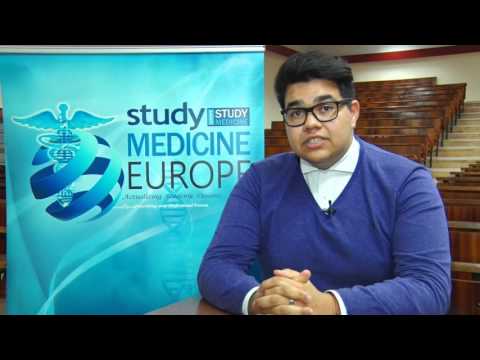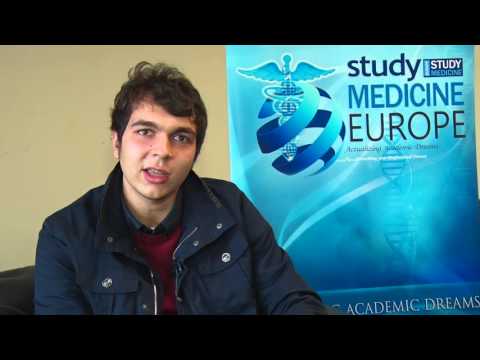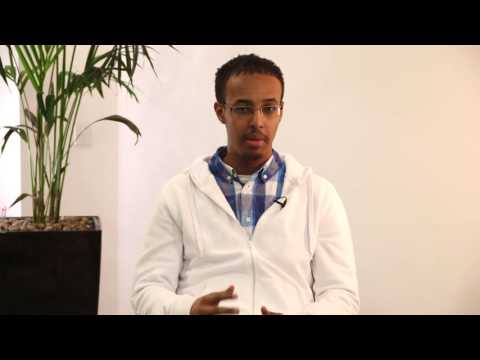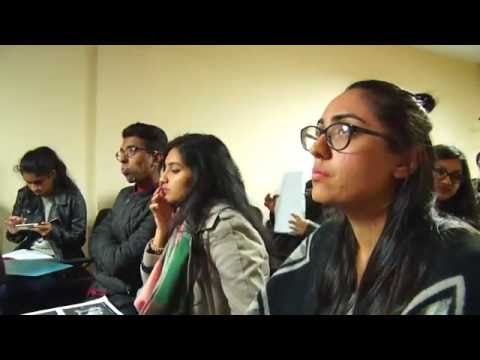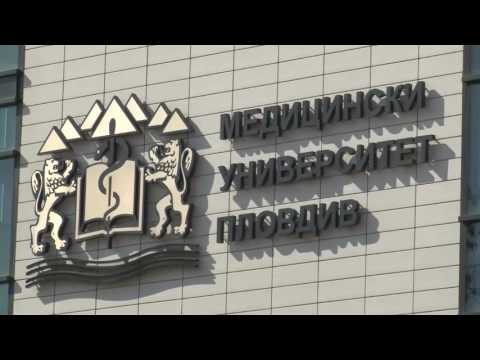There are a number of reasons why a student would be willing to transfer to another Medical University. One of the main reasons is expensive tuition fees at his or her current University and, of course, high living costs at the current university town or city, besides difficulty adjusting in the academic environment, or inability to follow an intensive, too fast-paced study program, among other reasons.
Can International Students Apply to Transfer their Medicine Programme Study to Romania
Students who have completed at least one year at any accredited Medical University are entitled to transfer to any Romanian Medical University. Romanian Medical Universities assess a candidate’s application based on a number of supporting documents: transcripts and the academic calendar syllabus for each subject.
What are the Transfer Parameters after they Apply for Medicine Universities in Romania
Transcripts must include the number of hours (lectures, practice), ECTS credits and examination grades for each subject. Subsequently, the Dean’s council and academic board in the University Admissions department will compare the applicant’s transcript to the School’s study program to find the similarities and differences between the two programs and decide about the year of studies the applicant can join based on the courses that can be recognised.
If there are any discrepancies in the hours of study for a particular course (i.e. the candidate has studied for a shorter period but similar material), then the applicant may be required to sit for an exam or attend courses to make up for the hours required to be given credit for the particular course. However, an applicant cannot advance to a higher year of studies by having more than 5 exams on courses or less than 45 ECTS credits out of 60 (each academic year has a total of 60 credits).
Why is it Beneficial to Transfer to a Medicine Study Programme in Romania
Undergraduate or postgraduate graduates with Degrees in fields similar to Medical or Dental studies, such as nursing, midwifery or dietetics, among others, may skip the first, and rarely the second year at a Romanian Medical University, if they have been taught some of the basic courses pertaining to the medical science they wish to follow.








